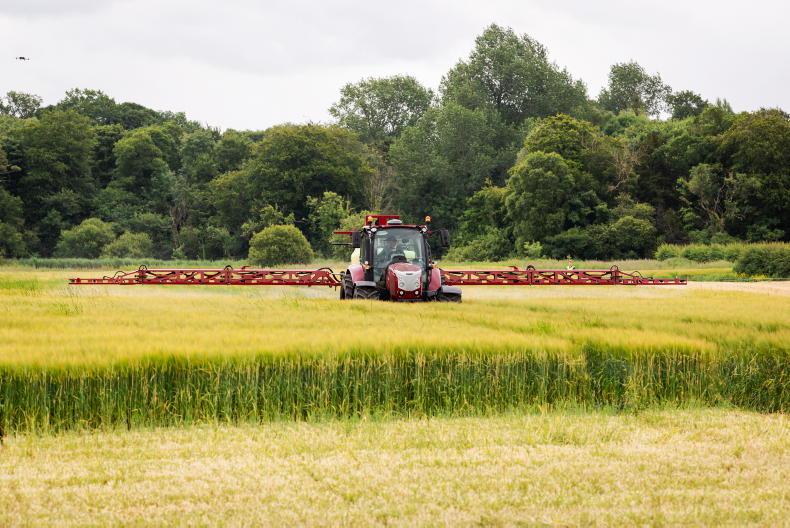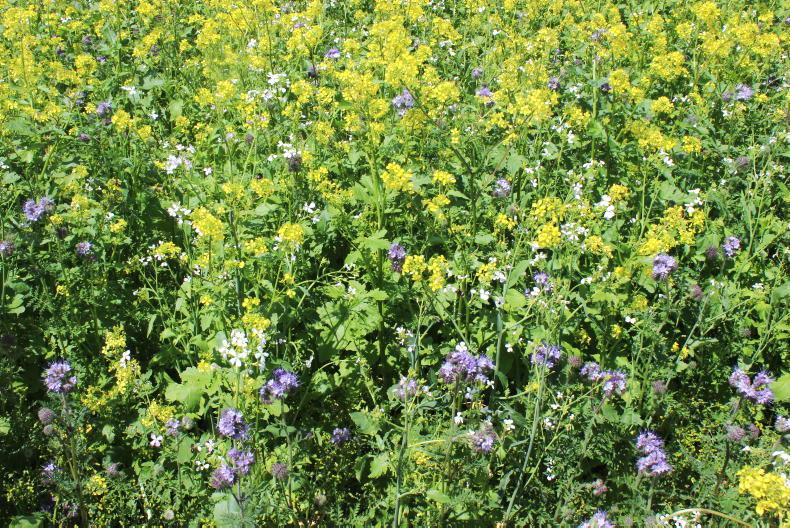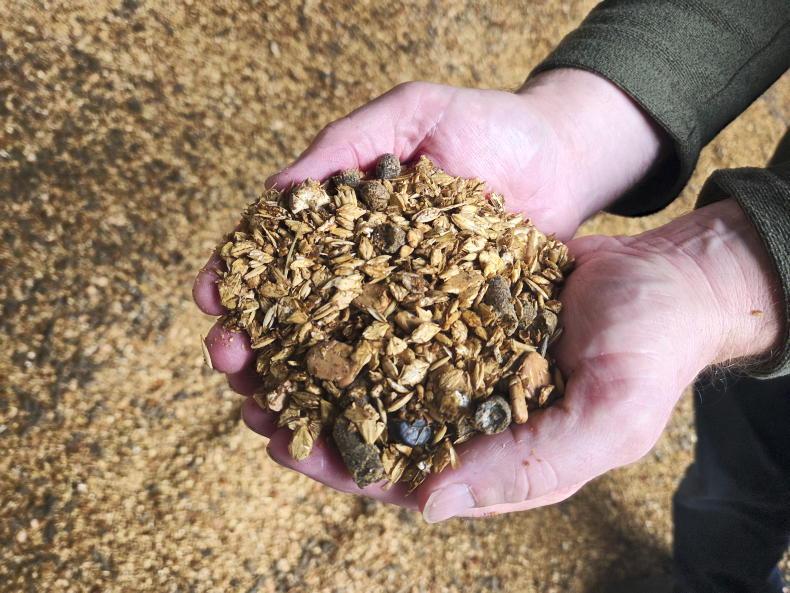Weather
This week has brought great sunshine, allowing harvesting to ramp up for the many who had spring cereals and beans to cut and bale.
After the long wait it has made work a bit easier, and hopefully some of this dry weather continues so that remaining crops can be cut and for field work such as stubble cultivation and oilseed rape planting, which should nearly be wrapped up this weekend.
Costs and returns
The cereal crop costs and returns are on this week’s tillage pages.
Try to get a handle on your own figures. This will help you get a plan in place for the planting season ahead.
The recommended lists are currently being prepared for publishing by the Department of Agriculture, which will help to guide decisions.
In the meantime, you will have to go on last year’s list, and talk to other farmers and your adviser on varieties. Orders need to be in as soon as possible to secure the varieties that you want. Remember to test seed which you didn’t get to plant last season due to weather for germination and change your seeding rate accordingly.
Weeds
Spray off any grass weeds in land destined for winter cropping before cultivating. Many of you have been cultivating stubbles as can be seen driving the roads. Stubble cultivation can help weed seeds to germinate and will provide a green cover on land to soak up nutrients which may otherwise be lost over winter.
Rye
Some will start to get itchy feet about planting. To spread some risk, rye is a crop which can be planted early and generally has low disease levels. It can be sown from around 15 September. Where grass weeds are an issue, delay planting. If blackgrass is present, leaving planting until spring can significantly reduce infestations.
Spreading organic manures
You cannot spread slurry from 1 October. If you have a grassland stocking rate of greater than 150kg of nitrogen per ha, then you must spread with low emission slurry spreading equipment or else incorporate the slurry into the ground within 24 hours. Farmyard manure can be spread up to 1 November. If soil sampling, make sure to take the soil samples before you spread anything.
Catch crops
The deadline to plant catch crops under ACRES is 15 September, so get crops in as soon as possible as the earlier they are planted the better.
Rule changes now mean stubbles (which have a green cover) can be used as a lie-back area, (70% forage crop with 30% stubble or grass lie-back) so there may be an opportunity for tillage farmers to grow for livestock farmers again this season.
A planting window has been missed while waiting for the rules to be changed, but crops can still be planted, possibly at lower yield expectations.
Remember you also need a 3m buffer around the perimeter of the field which has been cultivated to create a green cover. The 3m buffer at a watercourse should also be extended to 4m (with green cover).










SHARING OPTIONS